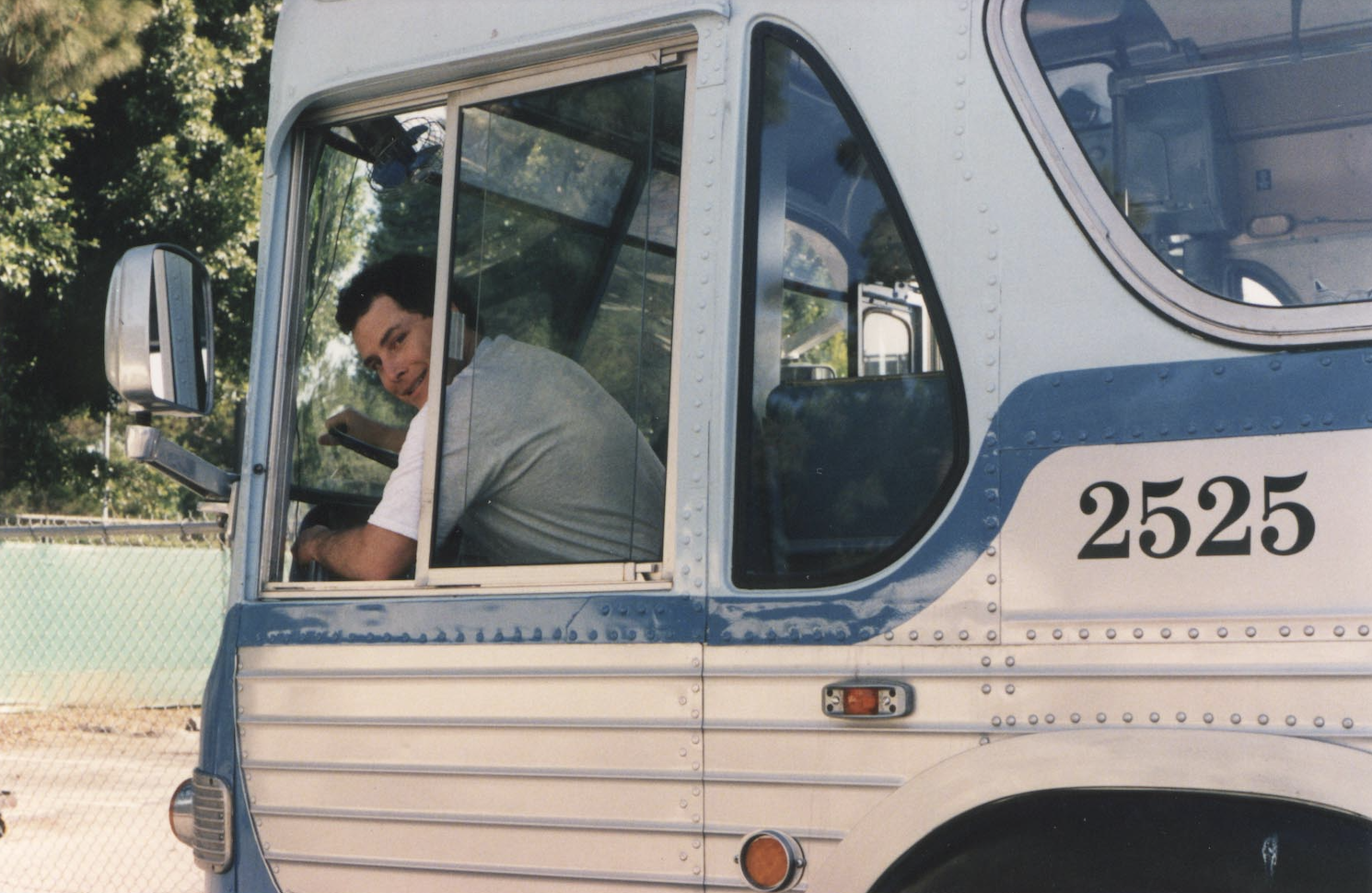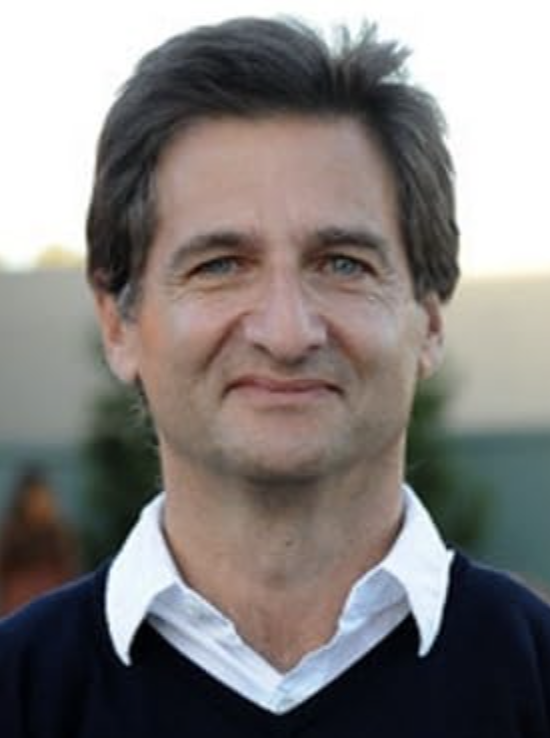A Hungry Regime Takes Hold Across Town
Let’s see, where did we leave off? Ah, yes. Speed is in limbo! After a year or so of development at Paramount Pictures in 1991 and 1992 under executive Don Granger, producer Mark Gordon and screenwriter Graham Yost are seeking a home for their audacious project yet again.
Enter Jorge Saralegui, a junior executive at 20th Century Fox (long before it was gobbled up by Disney) finally getting his feet wet on the creative side after coming up through the studio as a script reader. Saralegui is part of a new and hungry regime under freshly minted chairman Peter Chernin. But in 1992, Fox’s film business isn’t much to write home about. The studio is mostly living in the afterglow of successes like the Home Alone and Die Hard movies, as well as the occasional star-driven hit.
“And so, those guys wanted to do something, right? Get going and have some kind of success,” Saralegui recalls of the new brass. “But all you do is sit there and wait for things to come in, because it’s not like the studio has relationships with Clint Eastwood or something, who is going to crank out his own [material].”

While Saralegui is toiling away on a dead-end project about a pig in the witness relocation program (yeah), the screenplay for Speed crosses his desk by pure serendipity. He reads it and, given his early career as a reader, he’s struck by the way Yost is telling his story. He finds himself sucked into an extended first-act sequence that throws the usual screenwriting dogma out the window and maintains an impressive tension throughout. When the bus action kicks in in the second act, he can’t believe that, page after page, Yost is managing to keep his attention.
“After a while I go, ‘If that bus is still going by, like, page 70, then I’m in,'” Saralegui says. “Because I know that whatever happens afterwards, it can be fixed or finessed or whatever. And I couldn’t believe that as crazy as it was, I was buying it.”
Happily, then, Speed has found a new champion after being spun out into turnaround. But much like Granger at Paramount, Saralegui would have to convince his bosses that it’s a risk worth taking. Meanwhile, Gordon has also submitted the script to his old friend Tom Jacobson. Previously a producer of films like Ferris Bueller’s Day Off, Uncle Buck and National Lampoon’s Christmas Vacation, Jacobson bridges the gap between the previous Fox regime and Chernin’s with a promotion to production president.

“My memory is that we didn’t have a lot of action projects in the works at the time, for whatever reason,” Jacobson recalls. “Jorge and I both said, ‘We think we should make this. We think it’s one of those movies that can be made for a price.’ Often we talked at studios in those days, in terms of release and distribution strategy, of looking for a single or a double or a triple. What’s ‘good enough,’ right? Because we’re making it at a price that, a single or a double, it’s getting on base. It’s getting a hit. Not an outsized hit. And that’s what this was intended as.”
Which brings us to a key point, and we should get to this truth right away: Speed was never considered for its tentpole blockbuster potential. It was a B movie at best, something Fox might throw $15 million at and plug into the outskirts of summer. A “programmer,” as they used to call them. So, the studio bites, picks up Yost’s script out of turnaround and sets about developing it with an aim to securing a green light. It’s rare to see a resurrection like that, and particularly one that would turn out to be as successful as this one would.
Hear all about that and more in this week’s episode of 50 MPH, including the name that was at the top of Fox’s list to play Jack Traven — a name that has never before been reported until now!
